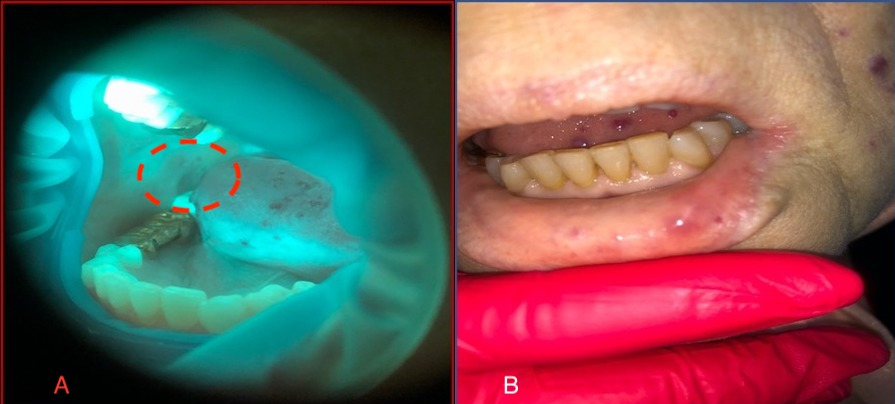A case of a long course of Osler–Weber–Rendu disease in a 65-year-old patient
DOI:
https://doi.org/10.15419/bmrat.v8i11.704Keywords:
autosomal dominant inheritance, hemorrhagic telangiectasias, Osler-Weber-Rendu disease, xerostomiaAbstract
The incidence of Osler–Weber–Rendu disease is low, ranging from 1 detected case per 50,000 to 1 per 100,000 population. The disease is hereditary, with autosomal dominant transmission, caused by pathogenic mutations in genes involved in angiogenesis. The disease has a pronounced clinical picture of multiple telangiectasias of the skin and mucous membranes and manifests as spontaneous bleeding. This scientific article presents a clinical analysis of a 65-year-old patient with a diagnosis of Osler–Weber–Rendu disease. Early identification of the manifestations of this disease and careful observation of the patient give a favorable prognosis of the course and prevent the development of severe complications.

Published
Issue
Section
License
Copyright The Author(s) 2017. This article is published with open access by BioMedPress. This article is distributed under the terms of the Creative Commons Attribution License (CC-BY 4.0) which permits any use, distribution, and reproduction in any medium, provided the original author(s) and the source are credited.
